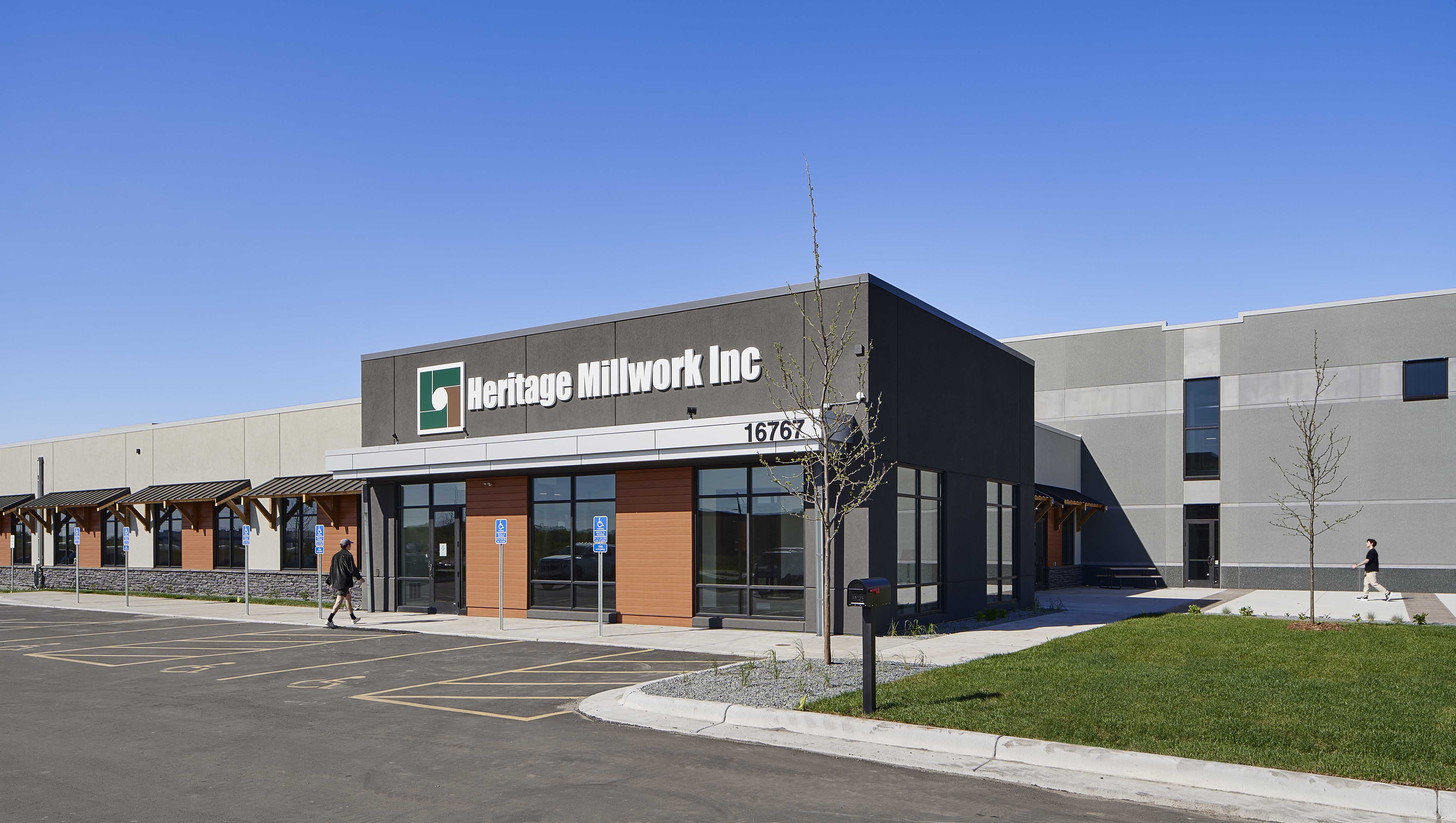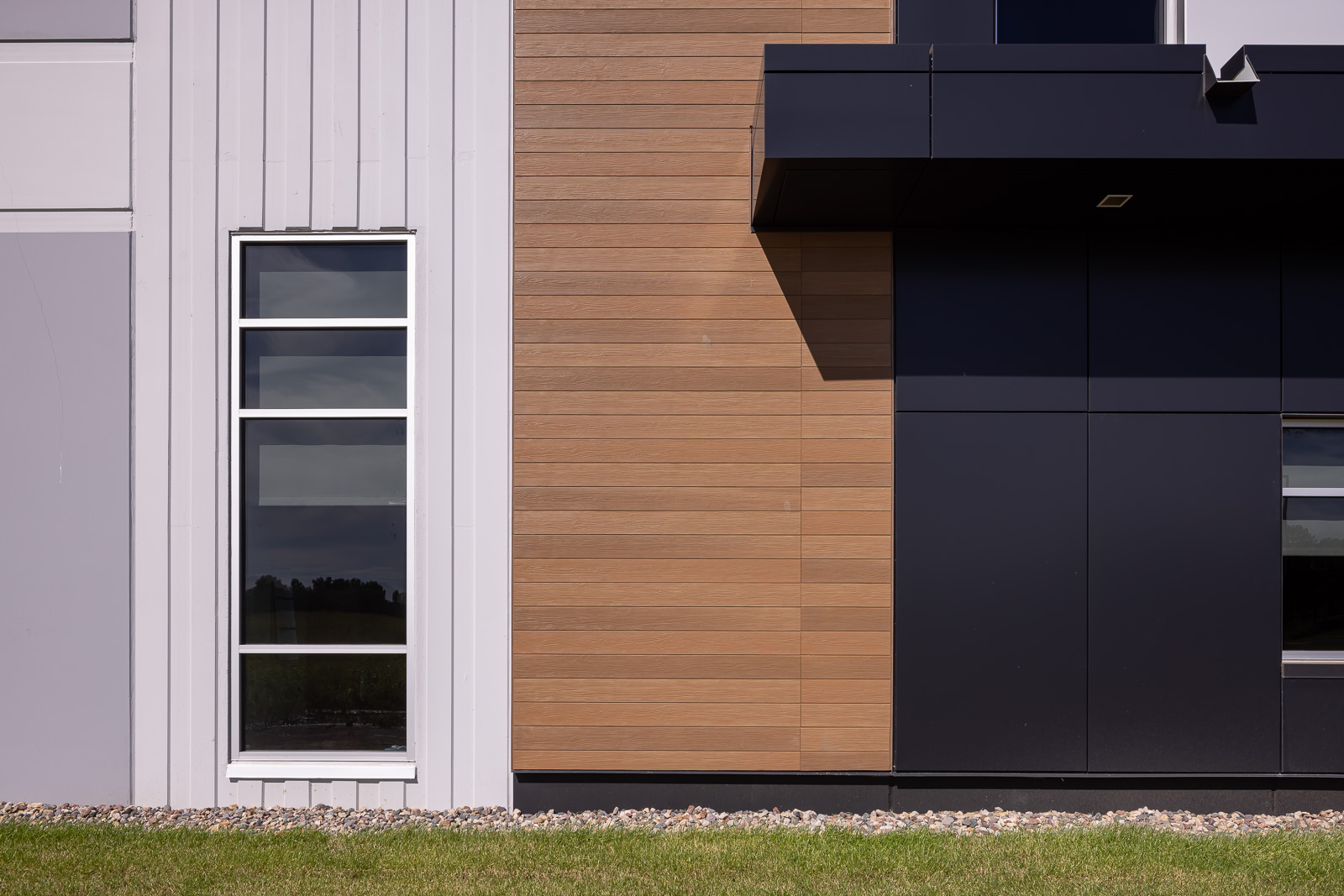Designing from the Outside In: How Industrial and Development Design Connects Performance, Purpose, and People
November 12, 2025

Gone are the days of industrial buildings designed as simple boxes for production. Today’s industrial and development projects are expected to do more - to perform, inspire, and support the people who bring them to life. At Mohagen Hansen, we design from the outside in, creating buildings where the exterior form and materiality are carefully crafted to shape the interior experience. Every façade line, window placement, and structural move is intentional - balancing efficiency and aesthetics to enhance wellbeing, productivity, and long-term value.
From Function to Experience
No two industrial or development projects are alike. Even when programs and square footage align, the most successful facilities are designed with intention - where every architectural move contributes to both performance and experience. Our approach goes beyond efficiency to create buildings that work as hard for people as they do for process. From exterior form and material selection to window placement, spatial flow, and interior comfort, each decision supports how the building is used and felt every day.
We believe that early design decisions - site orientation, massing, and façade strategy - are critical. These elements shape how light, air, and energy move through a building, influencing everything from productivity to wellbeing. By studying how each exterior decision impacts the interior, we uncover opportunities for smarter layouts, better daylight, and enhanced human connection. The result is a more functional, sustainable, and people-centered solution.
Hohenstein’s Distribution Center in Cottage Grove, MN, embodies this approach. Its articulated façade and glazing strategy allow natural light to penetrate deep into the workspace, while the corner office and training areas create a visual and physical link between operations and administration. The design celebrates efficiency and craftsmanship - proving that industrial architecture can perform beautifully, inside and out.


Designing for Connection, Wellbeing, and Flexibility
A facility is more than a footprint or operational envelope. Its design has the power to shape how employees move, collaborate, and experience their workday. When exterior, interior, and site are thoughtfully integrated, even a large industrial building can feel intentional, purposeful, and human-centered.
At Chaska Creek Industrial, the exterior embraces its site, connecting employees to creek views, walking paths, and landscaped buffers. Large glazed openings, material articulation, and carefully considered massing allow daylight to penetrate deep into the floorplate while also creating visual connections to outdoor spaces. Inside, high-finish materials, strategically placed work zones, and thoughtful circulation paths transform a standard industrial facility into a workplace that supports wellbeing, efficiency, and engagement.
This approach is especially impactful when designing spec buildings. These spaces must be flexible, adaptable, and marketable - but without intentional planning, they risk feeling generic or underutilized. By considering how exterior massing, glazing, and façade articulation influence interior daylight, circulation, and corner spaces, we create spec buildings that are both highly functional and comfortable. Breakout areas, collaborative hubs, and quiet work zones are strategically located to maximize space efficiency while supporting occupant wellbeing.
The result benefits everyone: developers gain adaptable, cost-effective spaces that appeal to a broad tenant market, and tenants receive an environment that feels purposeful, ready-to-use, and inspiring. By starting with the exterior and designing inward, we ensure spec buildings don’t just exist - they perform, adapt, and elevate the human experience.
.png)
How We Do It: Process & Value
- Start outside, plan inside: We begin with the site, massing, and envelope decisions - but those decisions are made with the interior program in mind: where daylight goes, how circulation flows, how corners and edges perform.
- Layer in human-scale interior logic: Corridors become collaboration zones, corners become breakout points, glazing becomes connection not just transparency.
- Overlay spec building thinking: For developers targeting flexibility, we identify the core functional zones but also plan for fluid future change - fewer wasted spaces, adaptable partitions, efficient structural grids.
- Outcome-driven metrics: Reduced area where possible, improved daylighting and comfort, better occupant satisfaction, and an asset that delivers long-term value.
Why It Matters
In targeting industrial and development sectors - especially for flexible spec-suite opportunities - there’s a unique opportunity to break the expectation that industrial = purely functional and interior = generic. Instead, we design buildings where the exterior works for the interior, and the interior works for the people. That synergy leads to:
- Enhanced wellbeing of staff through daylight, views, and comfortable transitions.
- More efficient use of space - fewer wasted corridors, smarter layouts.
- More sustainable and cost-effective solutions - less unnecessary shell, more purposeful build.
- Higher value assets - for owners, developers, tenants, and users.

Let’s Partner and Build Intentionally
If you’re planning an industrial facility, a development asset, or a spec suite portfolio — let’s engage early. We don’t just design buildings; we design ecosystems of work, connection, comfort, and growth. The exterior is important. The interior is critical. And the ways they work together define the experience within.
Ready to build smart, human-centric, and high performing? Let’s talk.


